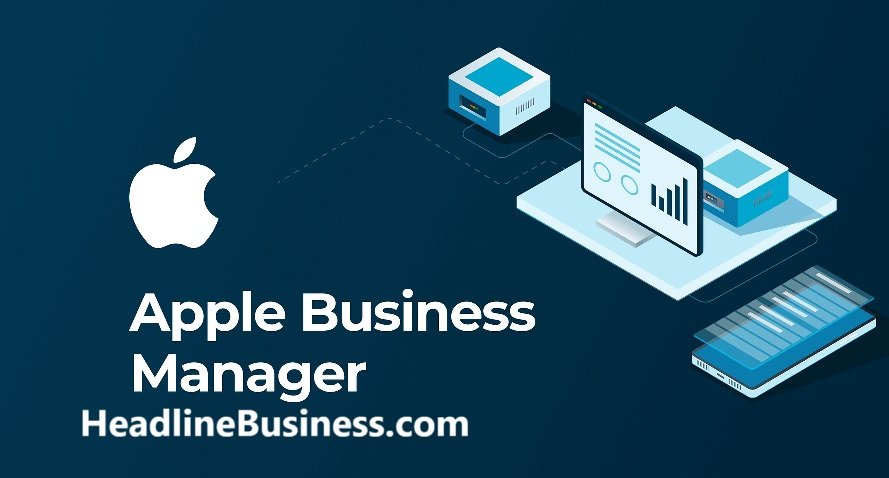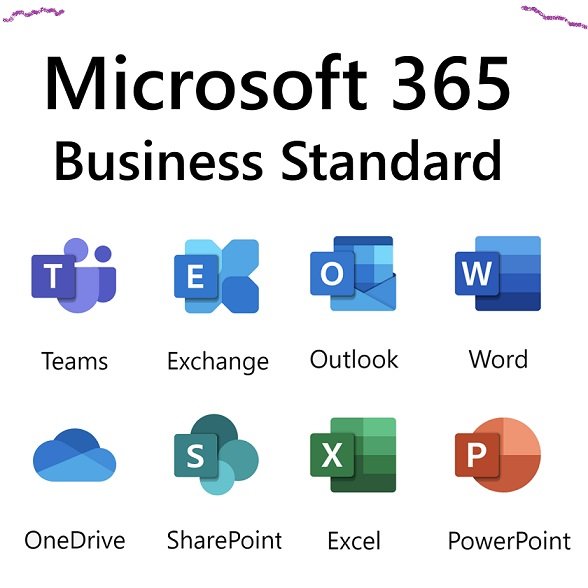Apple Business Manager: Streamline Your Organization’s Device Management
In today’s digital-first world, managing devices, applications, and user access is critical for any organization. Whether it’s deploying company-owned iPhones, iPads, Macs, or managing apps and content distribution, Apple Business Manager (ABM) offers an efficient solution. It is designed to simplify device management for businesses and educational institutions that rely on Apple products, streamlining workflows and reducing administrative overhead.
This comprehensive guide will explain what Apple Business Manage is, its key features, how it can benefit your organization, and the steps to set it up for seamless device and content management.
What is Apple Business Manager?
Apple Business Manager is a web-based portal developed by Apple that allows businesses and organizations to automate the deployment of Apple devices (iPhones, iPads, Macs, and Apple TVs), purchase and manage apps and books, and assign roles to employees. ABM integrates seamlessly with mobile device management (MDM) solutions to create a streamlined environment for managing devices at scale.
Launched in 2018 as a replacement for the Apple Device Enrollment Program (DEP) and Volume Purchase Program (VPP), Apple Business Manage combines the capabilities of both programs, enabling organizations to handle everything from device enrollment to app distribution in one place.
Key Features of Apple Business Manager
Apple Business Manager provides a robust set of features that empower businesses to manage Apple devices efficiently. Here are some of the key features that make ABM an essential tool for organizations:
1. Automated Device Enrollment
With Apple Business Manager, you can automate the enrollment process of Apple devices into your organization’s MDM solution. Whether a device is newly purchased or being reset, ABM ensures it is automatically configured with your preferred settings, restrictions, and apps upon setup. This eliminates the need for manual setup and reduces deployment time significantly.
2. Device Supervision
Apple Business Manager allows you to assign “supervision” status to devices, giving your organization more control over how devices are managed. Supervised devices enable enhanced management capabilities, such as remote wiping, content filtering, and restrictions on app installations, making them ideal for corporate or educational environments.
3. Volume Purchasing of Apps and Books
ABM streamlines app and content distribution by allowing organizations to purchase apps and books in bulk through Apple’s Volume Purchase Program (VPP). This feature enables you to buy licenses for apps and books, which can then be assigned to devices or users, ensuring that all employees have access to the necessary tools without individually purchasing apps.
4. Content Distribution Management
Managing licenses for apps and books is simple with Apple Business Manage. Administrators can assign app licenses to specific users or devices and reassign them as needed. This flexible approach ensures that resources are distributed effectively across the organization.
5. User Account Management
ABM allows administrators to create Managed Apple IDs for employees. These accounts are essential for accessing Apple services in a business environment, and they can be customized based on user roles and permissions. Managed Apple IDs provide a secure way for employees to access apps and data, while allowing administrators to control access to specific services.
6. Integration with MDM Solutions
Apple Business Manager integrates seamlessly with third-party mobile device management (MDM) solutions, such as Jamf, Microsoft Intune, or VMware Workspace ONE. This integration allows organizations to extend their device management capabilities, including remote monitoring, app distribution, and device security enforcement.
7. Role-Based Administration
Apple Business Manager allows organizations to assign different roles to administrators, ensuring that specific tasks are delegated to the right personnel. For example, a Device Manager can handle the device enrollment process, while a Content Manager is responsible for managing app and content licenses.
Benefits of Apple Business Manager for Organizations
Implementing Apple Business Manager in your organization offers several benefits, making it easier to manage devices, apps, and content across your workforce. Here’s how ABM can enhance your organization’s IT infrastructure:
1. Simplified Device Management
Managing a large fleet of Apple devices can be time-consuming, especially if you’re doing it manually. ABM automates the process, from enrolling devices to applying settings and deploying apps, saving time and reducing administrative burden.
2. Enhanced Security and Control
Supervision mode provides greater control over devices, allowing organizations to enforce security policies, restrict usage, and remotely wipe devices if necessary. This is especially important for businesses with sensitive data or organizations that need to comply with specific regulatory standards.
3. Seamless App Deployment
With Apple Business Manager’s Volume Purchase Program, apps and books can be easily purchased and distributed in bulk. You can allocate apps to devices or users without relying on individual Apple IDs, ensuring that employees have the necessary tools to work efficiently.
4. Cost Efficiency
Purchasing apps in bulk through ABM can lead to significant cost savings, as many developers offer volume discounts. Additionally, the ability to reassign app licenses when an employee leaves the organization ensures that you make the most of your app investments.
5. Scalability
Whether you’re managing 10 devices or 1,000, Apple Business Manager is designed to scale with your organization’s needs. ABM allows businesses to easily manage devices, apps, and content as they grow, without the need for additional IT staff or complex processes.
6. Remote Workforce Support
For organizations with a distributed workforce, ABM ensures that devices can be enrolled and configured remotely, without requiring employees to come into the office. This is particularly useful for onboarding new employees or managing devices across multiple locations.
How to Set Up Apple Business Manager for Your Organization
Setting up Apple Business Manager is straightforward, and once configured, it offers a seamless experience for managing your organization’s Apple devices.
Step 1: Enroll in Apple Business Manager
To start using Apple Business Manage, your organization must enroll in the program. Here’s how:
- Visit the Apple Business Manager website.
- Click “Enroll now.”
- Provide the necessary information, including your organization’s D-U-N-S number, which Apple uses to verify the legitimacy of your business.
- Once verified, your organization will receive access to the Apple Business Manager portal.
Step 2: Add Devices to Apple Business Manager
Once enrolled, you can add devices to Apple Business Manager through the following methods:
Step 3: Integrate with MDM Solution
To fully leverage Apple Business Manager’s features, you’ll need to connect it to an MDM solution. Follow these steps:
- Go to the “MDM Servers” section in the ABM portal.
- Click “Add MDM Server” and provide the required information from your MDM solution.
- This will enable automatic device enrollment and remote management.
Step 4: Assign Roles and Permissions
To ensure effective management, assign roles to administrators in your organization. ABM offers different roles, including:
- Administrator: Full access to all ABM features.
- Device Manager: Responsible for device enrollment and supervision.
- Content Manager: Manages app and content distribution.
- People Manager: Manages user accounts and roles.
Assign roles based on your organization’s needs to streamline responsibilities.
Step 5: Purchase and Assign Apps
Use the Volume Purchase Program (VPP) to purchase apps and books in bulk:
- Navigate to the “Apps and Books” section in the ABM portal.
- Search for the desired app or book.
- Select the number of licenses to purchase.
- Assign these licenses to devices or users based on your organization’s requirements.
Step 6: Monitor and Manage Devices
This includes updating settings, distributing apps, and enforcing security policies.
Apple Business Manager vs. Apple School Manager
Both offer similar features, such as device enrollment, app distribution, and content management. However, Apple School Manager includes additional tools tailored to the needs of schools, such as integration with student information systems (SIS) and classroom-specific app management.
Conclusion: Is Apple Business Manager Right for Your Organization?
Apple Business Manager is an invaluable tool for organizations that rely on Apple devices for their daily operations. Its ability to automate device enrollment, streamline app distribution, and enhance security makes it a must-have for businesses and educational institutions alike. By integrating with MDM solutions, ABM provides comprehensive control over your Apple device fleet, reducing administrative workload and ensuring that your organization’s IT infrastructure runs smoothly.
Whether you’re managing a handful of devices or deploying thousands, Apple Business Manager offers a scalable, efficient, and secure solution for Apple device management.
Read More:




